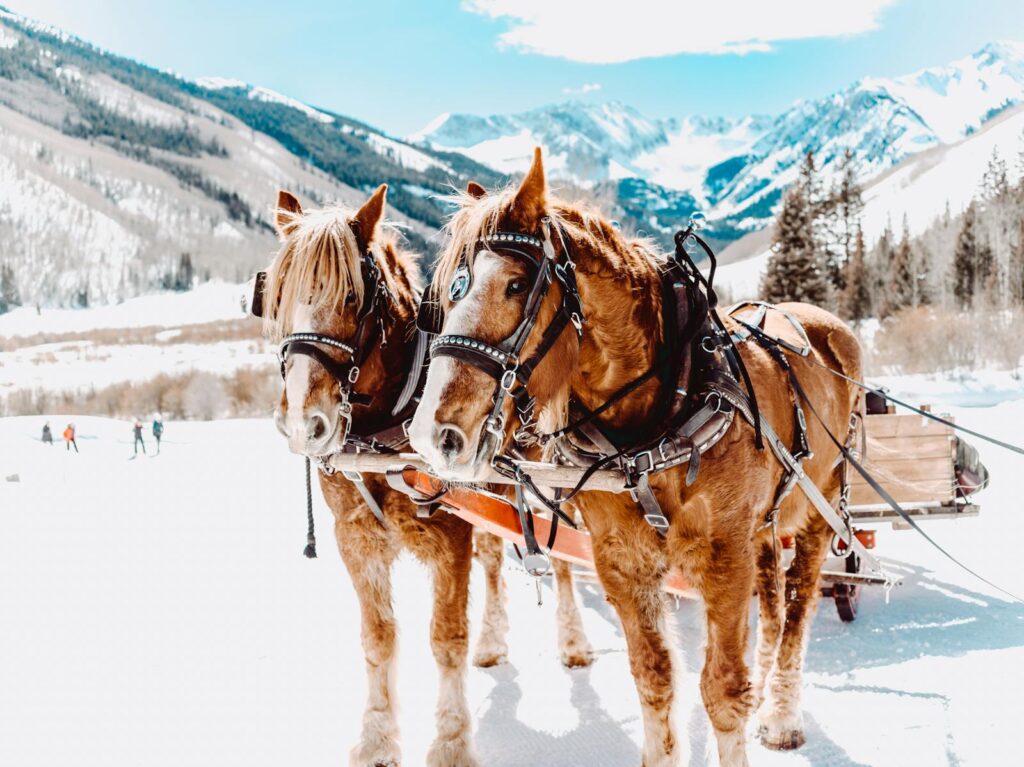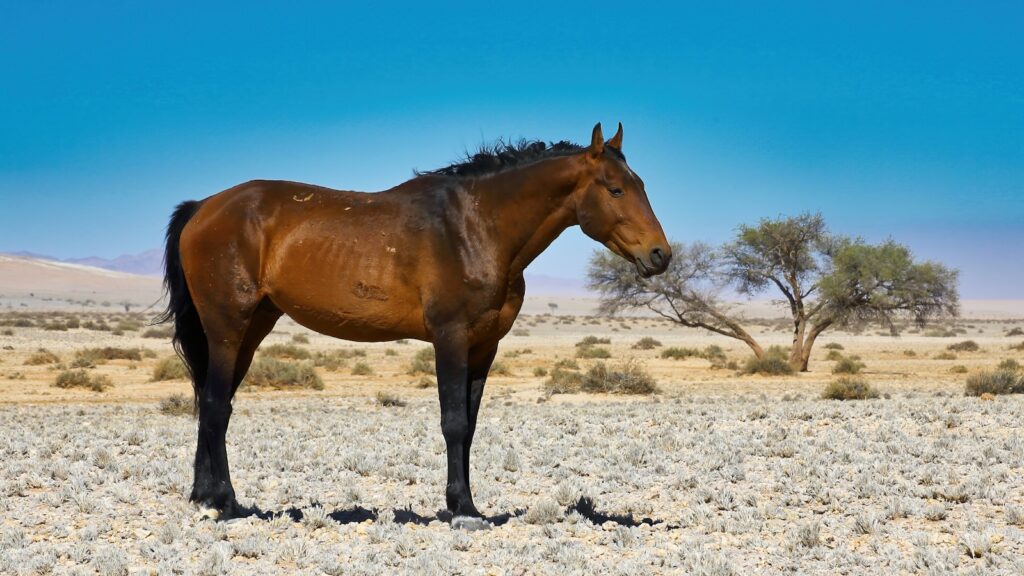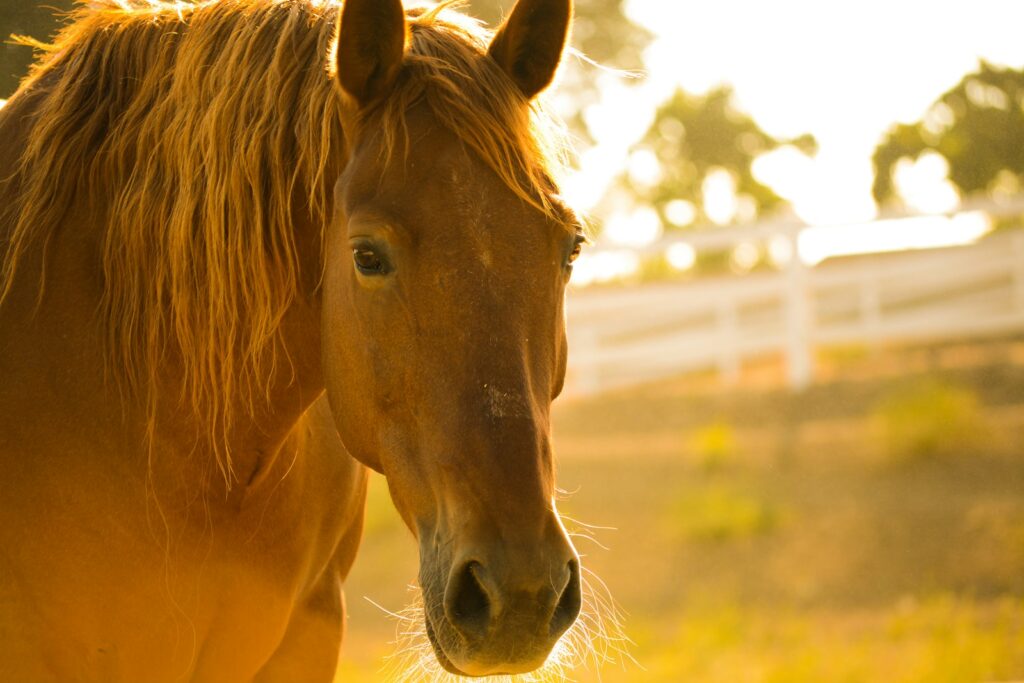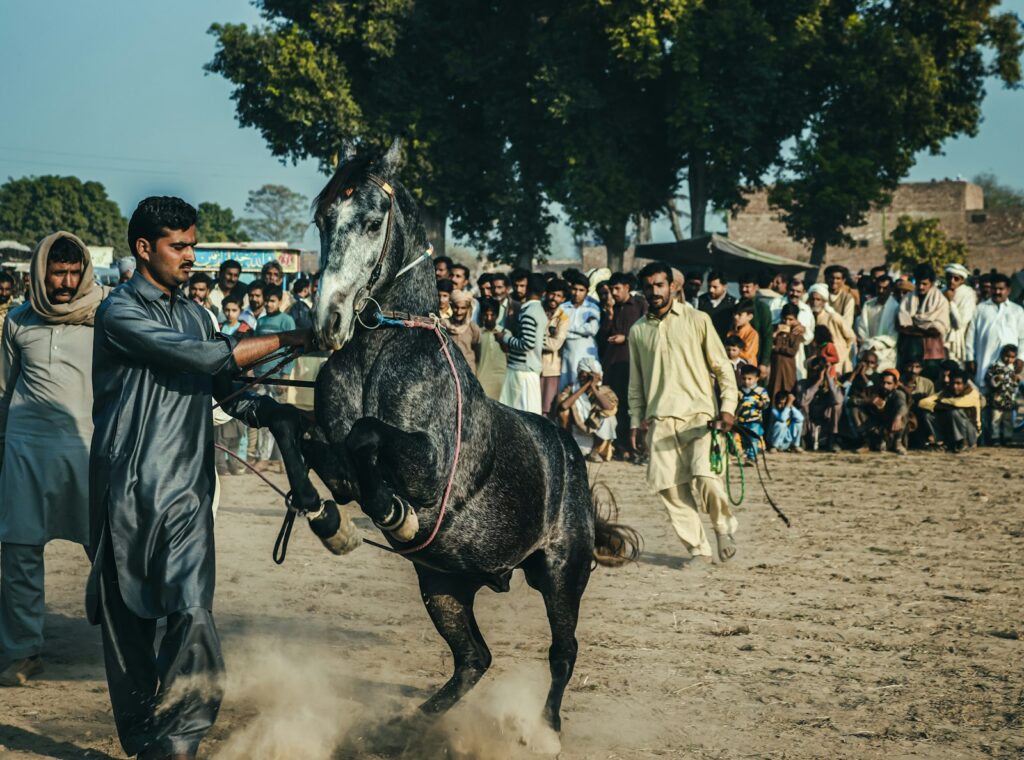The profound connection between Native American cultures and horses represents one of the most significant spiritual relationships in indigenous traditions. Though horses were reintroduced to North America by European settlers in the 16th century, they quickly became integral to many tribes’ identities, belief systems, and daily life. Far beyond mere transportation or utility, horses transcended into the spiritual realm, becoming powerful symbols in Native American cosmology. These majestic animals came to embody freedom, strength, and wisdom, earning a special place in tribal spiritual practices, art, and storytelling. This article explores the multifaceted influence of horses as spirit animals across various Native American cultures, examining their symbolic significance, cultural impact, and enduring legacy that continues to resonate with indigenous communities today.
The Historical Integration of Horses into Native American Life

The arrival of horses to Native American tribes dramatically transformed indigenous cultures across North America, creating ripples that extended deep into spiritual beliefs and practices. Prior to European contact, most tribes relied on dogs as pack animals and hunting companions, with travel largely conducted on foot. When horses arrived in the early 1600s, spreading northward from Spanish settlements, they revolutionized mobility, hunting capability, and warfare tactics for tribes who adopted them. The Plains tribes in particular—including the Comanche, Lakota, Blackfeet, and Crow—developed such profound horsemanship skills that they became known as some of the world’s finest riders. This rapid integration of horses into daily life was mirrored by an equally significant incorporation into spiritual frameworks, with many tribes developing creation stories and myths that portrayed horses as having always been part of their world.
Horses as Messengers Between Worlds

In numerous Native American spiritual traditions, horses are revered as powerful intermediaries capable of traversing between the physical and spiritual realms. Many tribes believe horses possess the unique ability to carry messages to the spirit world, making them essential participants in sacred ceremonies and rituals. The Lakota people, for example, consider horses as messengers that can communicate with ancestors and spirit beings that exist beyond the veil of the physical world. This messenger role is symbolized in various ceremonial practices where painted horses participate in rituals designed to establish connections with the divine. The thunder of hooves against the earth was often interpreted as a form of communication with the underground spirits, while a horse’s ability to rear toward the sky represented reaching toward the heavenly realms.
Symbolic Attributes of the Horse Spirit Animal

As a spirit animal in Native American traditions, the horse embodies a rich constellation of symbolic attributes that reflect its physical capabilities and perceived spiritual essence. Foremost among these qualities is freedom—the unbridled spirit of wild horses galloping across open plains became a powerful metaphor for personal liberty and spiritual release. Horses also symbolize power, not merely physical strength but the ability to carry burdens both literal and metaphorical with grace and endurance. In many tribal interpretations, the horse spirit animal represents balance, particularly the balance between strength and gentleness, between power and vulnerability. Additionally, horses symbolize travel and movement, not just in physical journeys but in spiritual and emotional passages through life’s challenges, making them potent guides during times of personal transition.
Horse Medicine in Traditional Healing Practices

The concept of “horse medicine” holds significant meaning in many Native American healing traditions, referring to the spiritual and physical healing properties associated with horses. Traditional healers often called upon horse spirit energy for strength, stamina, and vitality when treating patients, particularly those suffering from conditions related to mobility or internal strength. Some tribes developed healing ceremonies that incorporated physical contact with horses, believing that the animals could absorb negative energies and illness from the human body. The Navajo healing tradition includes specific chants and songs that invoke horse medicine to restore harmony and balance to an individual suffering from physical or spiritual ailments. Horse hair, especially from the mane and tail, was sometimes used in healing bundles or medicine bags, carrying the animal’s power and serving as a protective talisman for the carrier.
Horses in Creation Stories and Tribal Mythology

Despite being relatively recent additions to the North American landscape, horses quickly became incorporated into tribal creation myths and origin stories, reflecting their profound cultural impact. The Blackfoot people developed legends explaining that horses emerged from the water, gifts from underwater spirit beings who took pity on humans who had to travel on foot. Among some Lakota bands, white horses are associated with the White Buffalo Calf Woman, an important spiritual figure who brought sacred teachings and ceremonies to the people. The Comanche, whose horsemanship skills were particularly renowned, developed a complex mythology around magical horses that could understand human speech and possessed supernatural abilities to protect their riders. These mythological integrations illustrate how thoroughly horses transformed indigenous worldviews, becoming retroactively woven into the fabric of tribal creation narratives despite their historical introduction by Europeans.
Dreams and Visions: Horse Spirits as Guides

Dreams and visions featuring horses hold special significance across numerous Native American spiritual traditions, often interpreted as direct communication from spiritual realms. When a horse appears in dreams, many tribal interpretation systems view this as a powerful omen or guidance message, particularly relating to one’s life direction or spiritual path. Vision quests—intensive spiritual journeys undertaken by individuals seeking guidance—frequently resulted in encounters with horse spirits who became lifelong spiritual guides for the seeker. Historically, warriors would sometimes receive visions of uniquely marked or colored horses before battle, interpreting these as protective spirits that would guide them through conflict. The appearance of a horse in dreams might also indicate an imminent journey, either physical or spiritual, with the characteristics of the dream horse (color, behavior, markings) providing specific guidance about the nature of that journey.
Color Symbolism in Horse Spirit Animals

The color of a horse carries profound symbolic meaning in Native American spiritual traditions, with each hue representing distinct spiritual attributes and powers. White horses frequently symbolize spiritual purity, wisdom, and connection to the divine realm, often associated with spiritual leaders or sacred ceremonies. Black horses typically represent mystery, power, and sometimes the transformative aspects of death and rebirth in the spiritual journey. Red or chestnut horses are commonly linked to vitality, passion, and the life-sustaining power of blood and the heart. Paint or pinto horses with their distinctive marking patterns were often seen as bridges between worlds, carrying medicine that could unite opposing forces or heal divisions. These color associations influenced many aspects of tribal life, from the selection of horses for ceremonial purposes to the interpretation of which spirit animals had chosen to guide an individual.
The Horse Dance and Ceremonial Practices

The Horse Dance represents one of the most significant ceremonial expressions of the spiritual connection between Native Americans and horses. Practiced with variations across multiple tribes, this ceremony typically involves participants embodying the spirit and movements of horses, often wearing intricate regalia featuring horsehair and other symbolic elements. Among the Lakota, the Horse Dance was performed to honor the spirit of the horse and call upon its power for healing, strength in battle, or success in hunting. Participants would mimic horse behaviors with remarkable precision, entering trance-like states where they believed the horse spirit could temporarily inhabit their bodies and bring messages from the spirit world. In some tribes, actual horses participated in ceremonies, specially selected and adorned with sacred paintings and regalia that corresponded to specific spiritual purposes.
Horses in Tribal Art and Symbolism

The spiritual significance of horses manifests powerfully in Native American artistic traditions, where horse imagery conveys complex layers of meaning beyond mere representation. Horse motifs appear prominently in painted hides, beadwork, quillwork, and later in ledger art—a form that emerged in the reservation era when warriors documented their experiences on accounting ledger paper. These artistic depictions often coded spiritual messages through specific postures and contextual elements, with horses shown in supernatural settings or with symbolic attributes indicating their spiritual nature. Particularly sacred were the handprints or specific markings painted on horses for ceremonial purposes, designs that would later be incorporated into decorative arts. Contemporary Native American artists continue this tradition, creating works that explore the enduring spiritual connection between horses and indigenous identity, often blending traditional symbolism with modern artistic expressions to convey the continuing relevance of horse medicine in contemporary life.
Honouring the Spirit Horse in Daily Life

Beyond ceremonial contexts, many Native American traditions incorporate practices for honoring the horse spirit in everyday life, recognizing the continuous spiritual presence of these animals. Horse caretaking itself often involves ritual elements, with many tribes developing specific prayers, songs, or offerings given when grooming, feeding, or working with horses. Some traditions include the practice of speaking respectfully to horses, acknowledging their spirit nature and asking permission before riding or using them for work. Special braiding patterns for manes and tails might carry protective spiritual significance, creating a visible connection between the physical animal and its spiritual essence. Even in contemporary Native American communities where horses may play a less central role in daily transportation, these honoring practices continue as a way of maintaining cultural connection and spiritual relationship with the horse spirit.
Regional Variations in Horse Spirit Traditions

The spiritual significance of horses varies considerably across different Native American cultural regions, reflecting diverse ecological relationships and historical encounters with equines. Plains tribes like the Comanche, Crow, and Lakota developed perhaps the most elaborate horse spirituality, given their intensive reliance on horses for buffalo hunting and warfare in open grassland environments. Southwestern tribes such as the Navajo and Apache incorporated horses into their existing spiritual frameworks that emphasized harmony with the natural world, developing intricate horse blessing ceremonies that continue today. Among woodland tribes of the Northeast, where dense forests made extensive horse use less practical, horse spirits were sometimes viewed as powerful but foreign entities, occasionally appearing in dreams as messengers from distant peoples. Pacific Northwest coastal tribes, with their maritime focus, sometimes represented horses in their iconic formline art style, but with spiritual attributes distinct from the horse-centered Plains cultures.
Contemporary Significance and Spiritual Revitalization

In modern Native American communities, the spiritual connection with horses continues to evolve while maintaining core traditional values in a process of cultural resilience and revitalization. Programs like equine therapy based on traditional horse-human spiritual relationships have emerged on several reservations, helping youth connect with their heritage while addressing contemporary challenges. Horse culture revitalization projects have gained momentum in many tribal communities, with elders teaching traditional horsemanship practices that incorporate spiritual teachings about respectful relationships with these animals. Ceremonial aspects of horse traditions are being carefully preserved and sometimes adapted for contemporary contexts, ensuring that the spiritual wisdom regarding horses remains accessible to new generations. These efforts reflect a broader understanding that the horse spirit carries medicine particularly suited to modern challenges—offering teachings about freedom, power, and balance that remain profoundly relevant in addressing the psychological and spiritual needs of indigenous communities navigating between traditional values and contemporary realities.
The Legacy of Horse Spirit Teachings for All Cultures

The profound spiritual wisdom regarding horses that developed in Native American traditions offers valuable insights that transcend cultural boundaries, providing teachings relevant to contemporary society’s relationship with both animals and the natural world. The indigenous understanding of horses as beings with their own spiritual agency challenges the utilitarian view of animals merely as resources, suggesting instead a model of cross-species partnership based on mutual respect. Native American horse traditions emphasize the healing potential of human-animal bonds, an insight increasingly validated by modern research into the therapeutic benefits of equine-assisted activities. The vision of horses as messengers between worlds offers a powerful metaphor for bridging divisions—between conscious and unconscious awareness, between rational and intuitive ways of knowing, and between human communities divided by cultural differences. In an era of environmental crisis, these teachings remind us of the spiritual dimensions of our relationships with other species, offering an alternative to exploitative frameworks that separate humans from the natural world.
Conclusion

The spiritual relationship between Native American peoples and horses represents one of history’s most profound examples of cross-species connection, demonstrating how an animal can become deeply integrated into a culture’s spiritual framework even when relatively recently introduced. From messengers between worlds to embodiments of freedom and power, horses transcended their practical utility to become essential spiritual companions in indigenous cosmology. Despite the historical trauma of colonization that disrupted many traditional practices, horse spirit teachings have demonstrated remarkable resilience, continuing to provide guidance, healing, and cultural identity for contemporary Native communities. These enduring spiritual traditions remind us that our relationships with animals exist not merely in the physical realm but in the deeper dimensions of meaning, connection, and mutual respect that define our humanity and our place within the natural world.







